Welcome to Nighthawks — a biweekly series where writer Sam Brule travels to noteworthy nightlife epicenters across New York City to observe and report about the night, atmosphere, and people of the weekend. Tonight, we are perched on the corner of 10th Street and Avenue A: a hotspot for young professionals and college students alike to forget the stress of the week at the nearby bars and late-night restaurants.
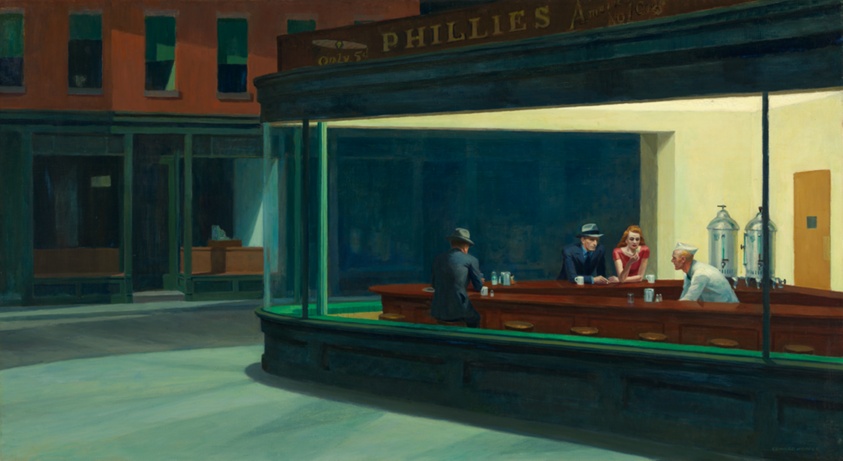
This series takes its name from the 1942 painting Nighthawks by Edward Hopper. Painted from the viewpoint of an observer, this piece encapsulates the alluring ambiance that is present during late nights in big cities. “Nighthawks,” the series, then aims to transform this style of observation into written vignettes about New York City at night.
At 11 p.m., the corner of Tompkins Square Park was buzzing like an overworked neon sign. I hit the scene at 10:30 p.m. and waited a half hour for the frivolity of the weekend to wash over me. Minute by minute, I saw hoards of young adults pouring through the streets with a ferocity similar to hungry pack animals on a mission to find their next meal.
In spite of the clustered nature of the evening, individualism was ripe in the air, shining through the facade of trendy neighborhood groupthink. A young man dressed in a homemade chicken costume perched on an adjacent street corner, waiting patiently for his friends to arrive (who later greeted him without chicken suits of their own).
On the diagonal near Horus Cafe, a group of women bathed in the golden lamplight, lamenting their friend’s return to the ex they all disliked. The night was alive with a sense of vitality hanging over the heads of every subject on the street, all carrying their own stories (which I happened to catch brief snippets of).
Despite my initial positive impression of the area, my hope was shot down when I overheard a different perspective: “This place used to be filled with art. All the good poets lived here. Now it’s just yuppies, dude,” a young man said to his friend. Rolling over his words, I began to wonder if what he said was true. He surely seemed to believe it.
The sidewalks were still clearly full of life and art, but to him, it had taken on an insincere nature: a sharp contrast to the perceived truth and humbleness of years passed. I looked around and began to notice the state of this neighborhood today. The sidewalk under my feet wrapped itself into a figurative moat that encompassed Tompkins Square Park, separating those inside from the surrounding businesses and their respective patrons.
Inside Tompkins Square were the more fringe groups of society: skaters, graffiti kids, and artsy types alike. I remember thinking to myself that this must be a truer reflection of the Lower East Side’s past. Contrastingly, the outside of the park was filled with employees, interns, and vacationing folks coming to get a taste of weekend fun. I then realized that this area surrounding Tompkins Square was the neighborhood that the unsatisfied man was speaking to his friend about.
I knew that it wasn’t always like this in the nearby streets, but I had to understand what happened for it to end up this way. Consulting numerous sources like the Lower East Side Preservation Initiative, Masterworks, as well as aging loyal residents, I found that the Lower East Side was once a safe haven for immigrants in the city to establish firm roots and build up lives for themselves.
Marching toward the ‘70s and ‘80s, punks and other alternative groups began to flood in, quickly pushing out the immigrant population to make way for their music venues and boutique shops. Nowadays, the punks have all nearly been replaced by a higher earning percentile who brought along with them expensive grocery stores and increasingly fancy clothing stores.
The history of the area is now scarcely survived by rare long-standing punk stores like Search and Destroy on St. Mark’s Place and the Tenement Museum, alongside small historic restaurants like Little Poland which preserve the history of the first immigrants here.
I snapped out of my rabbit hole of thought when a woman who said she was a dog walker slumped next to me, preaching her self-proclaimed truth about shady animal rescue nonprofits to every passerby. Armed with a beer in one hand and a joint in the other, she searched for another person to care about this topic as much as she did.
This woman sure seems passionate, I remember thinking to myself as I began to agree that this neighborhood had been run dry of the angsty aroma from past decades. At that point, I began to search deeper into the scenes unfolding in front of me.
Looking across 10th Street, I saw two boys — whose dedication and professionalism far exceeded their age — darting back and forth between restaurant-goers while trying to sell as many chocolate bars as they could. Approaching the end of the corner was a group of teenagers dressed in beautiful arrays of hyper-modern fashion, all of their outfits complimenting each other and contributing to the vibrance of the evening.
The teenagers shouted “HEY!” in an attempt to scare the kids into believing angry adults had foiled their money-making plan. The boys froze, spun around ever so slowly, then quickly fell back into laughter and sighs of relief in recognizing the voice belonged to someone they knew.
These displays of nightlife humanity beamed themselves across the streets where I took them in and reveled in the beauty of it all. Surely, this neighborhood was a far cry from the expressive and creative past that others seemed to miss, but there was still a strong sense of that energy in the air.
As the night started to wind down at 2 a.m., the cacophonous cries of leisure melted down into huddled and tired circles quietly nursing the same cigarette down to a stump. When a new one was pulled out, the group let out sparse “Oohs” and “Aahs” of excitement before quickly chipping away at its length, leaving only white ash in the center. This ordeal lasted for nearly an hour before even the stragglers decided it was time to head home and let the streets rest.
It was at that mellow moment that I began to take in the whole performance of a weekend night near Tompkins Square Park. Interrupted by the occasional group spouting amateur comedy from liquor-laced breath, I sunk deep into the setting.
After the last group passed and I found time to review my notes, I began to understand the journey that had occurred. In regard to the streets themselves, much had changed and much more was likely to change in the future. Even so, there were bits of history that remained, no matter how extensive the external switch-up was. The community of these streets wove itself around every utterance of life and maintained a steadfast heartbeat for the people there today.
When I packed up my supplies and caught a late-night train running back to Brooklyn, I found myself among the few left during the quiet hours. As I reflected on the night, I was overcome with a sense of sincerity, different from the neighborhood those jaded men were speaking about earlier. I watched the streets go from empty to busy, and empty again. It felt like a party I wasn’t invited to, but I had attended and enjoyed nonetheless. It felt like one of the final hurrahs before the summer sweat dripped smoothly into the sweetness of fall.

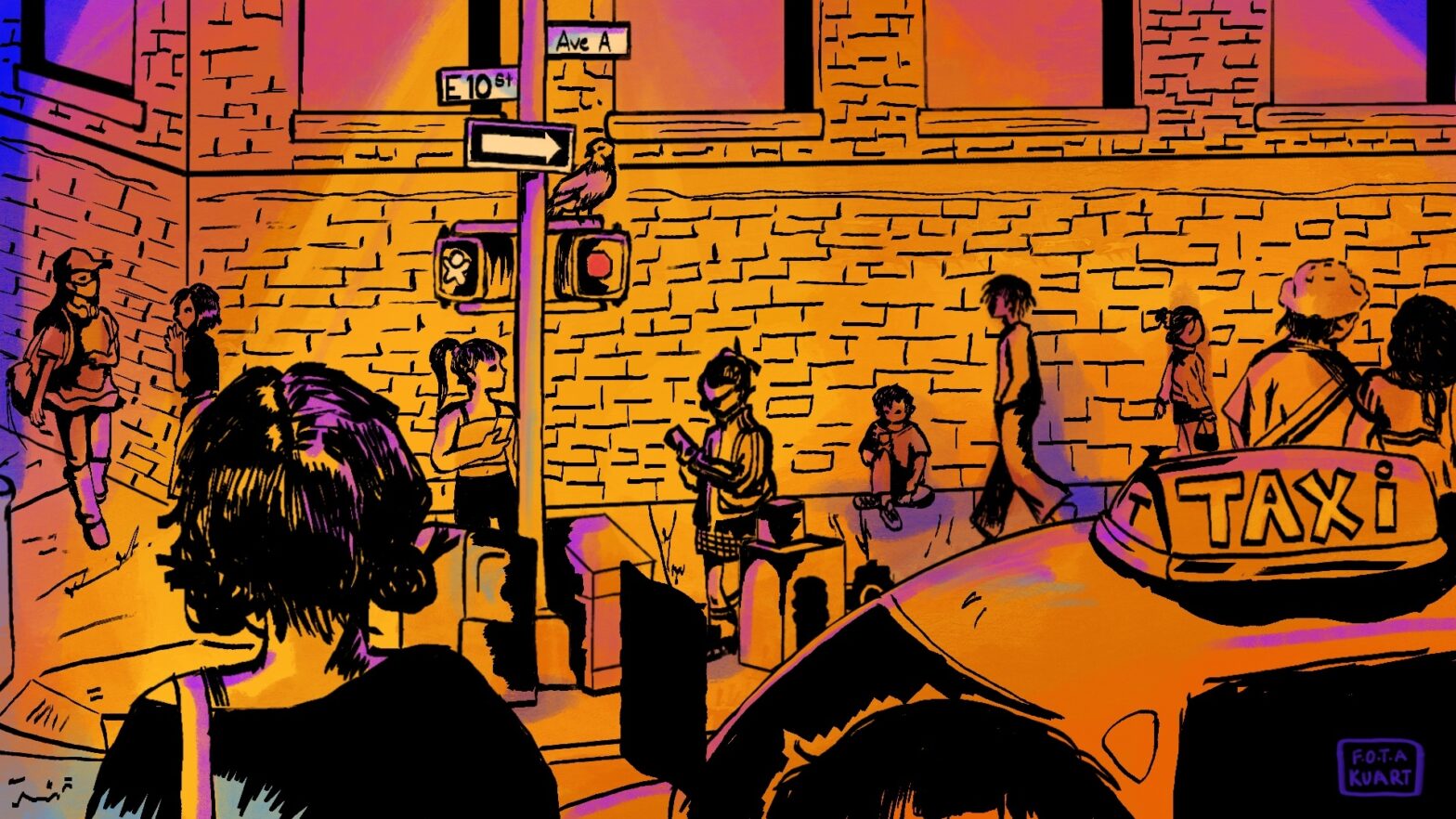
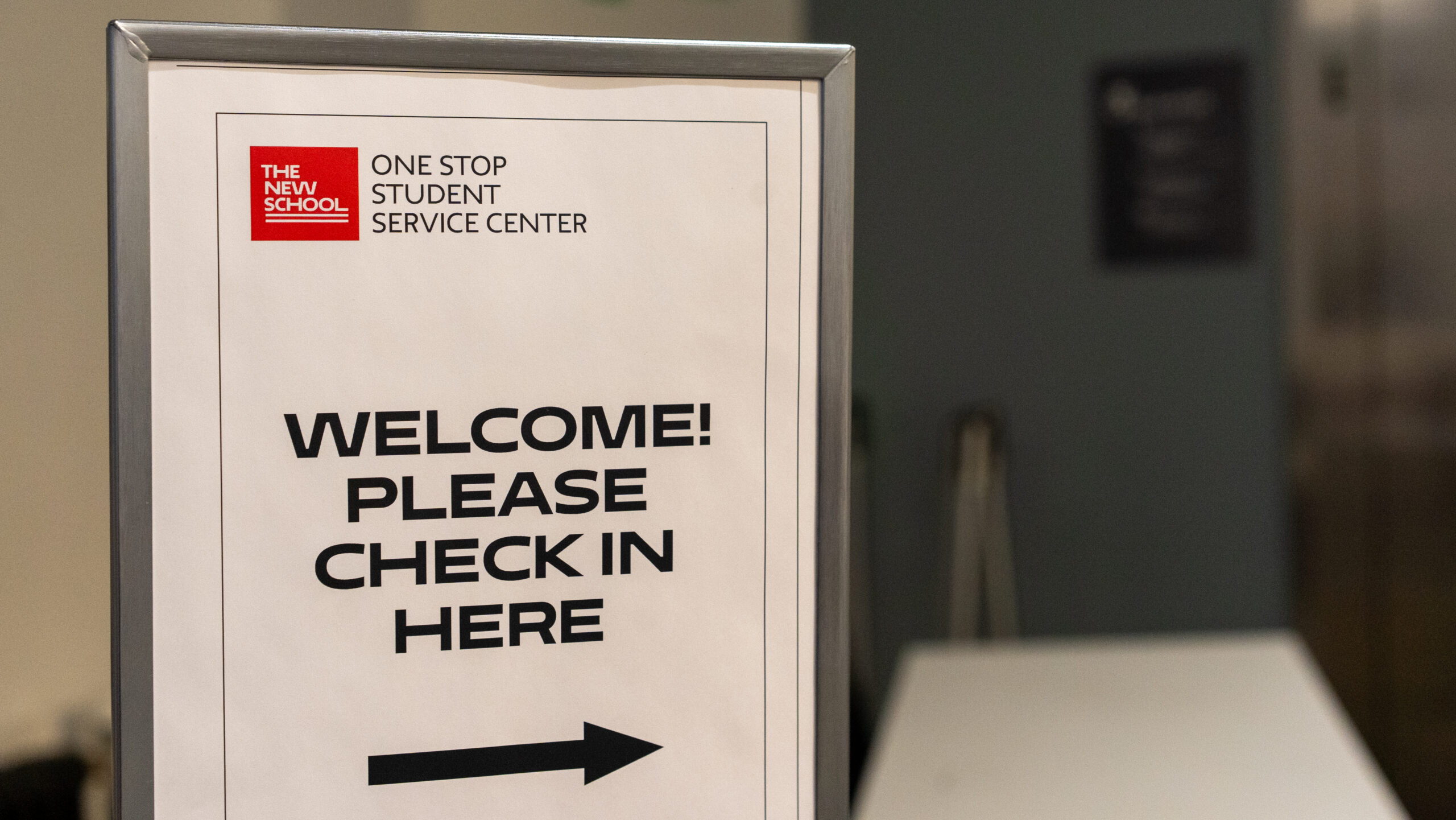
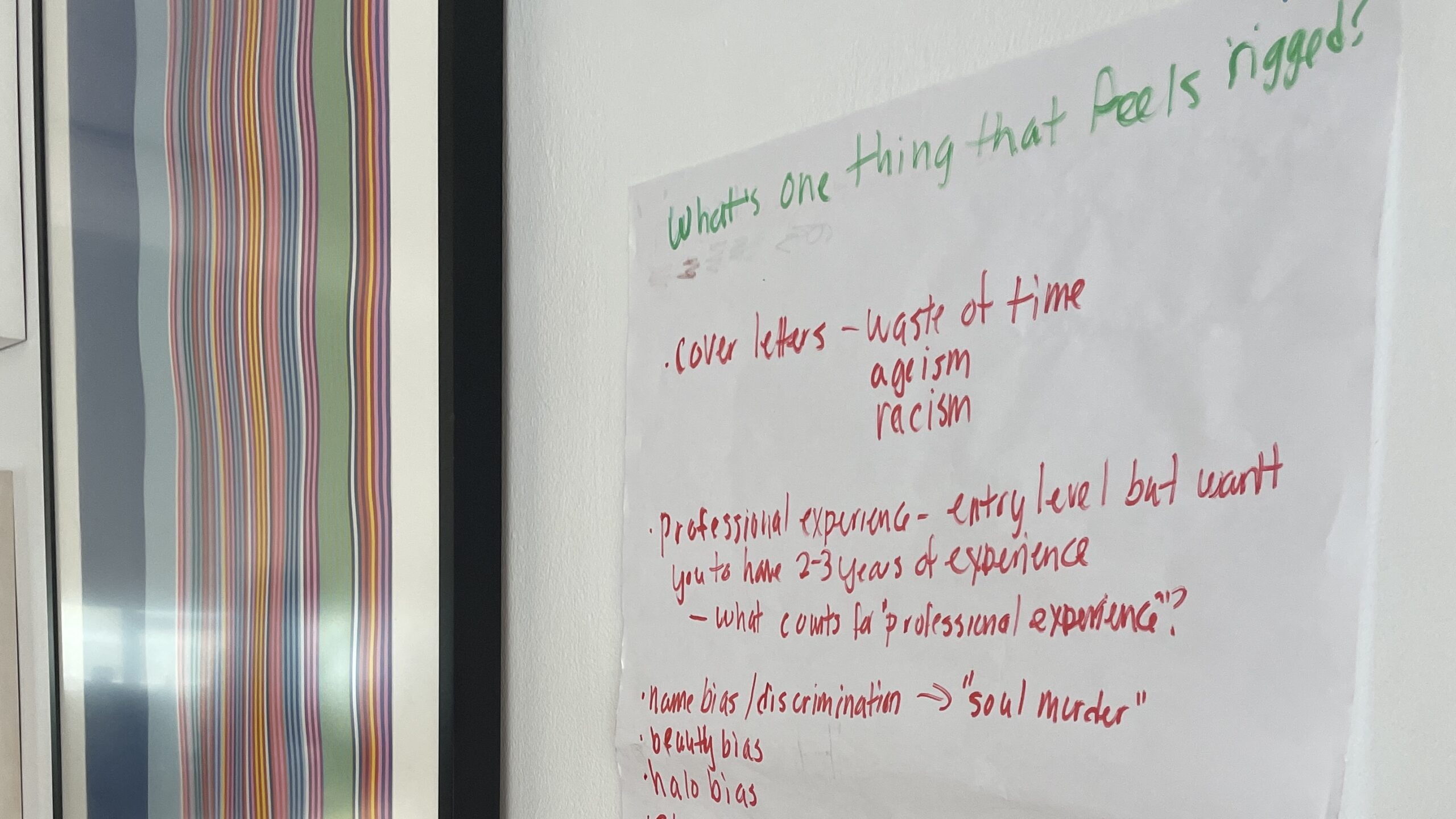
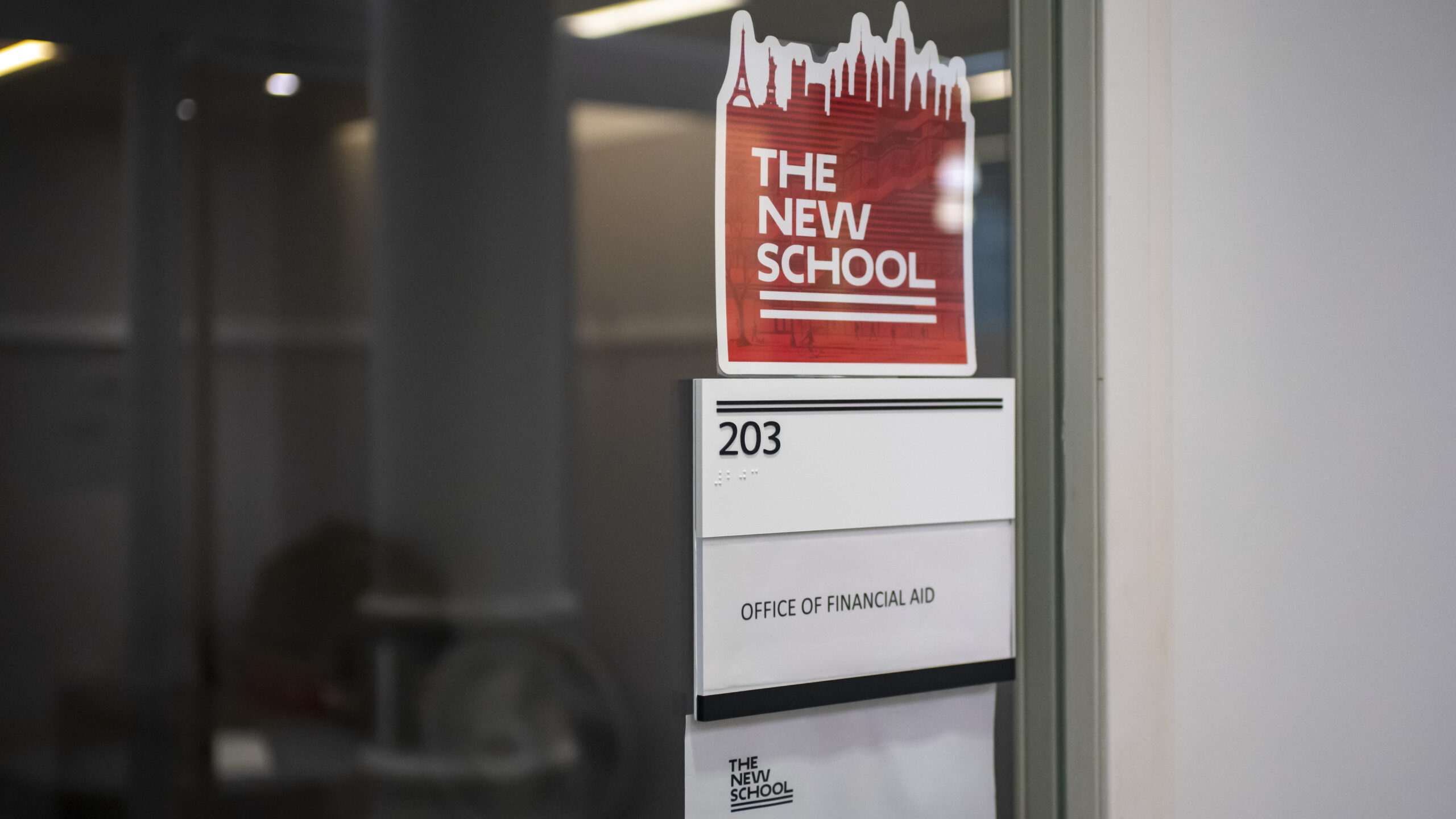
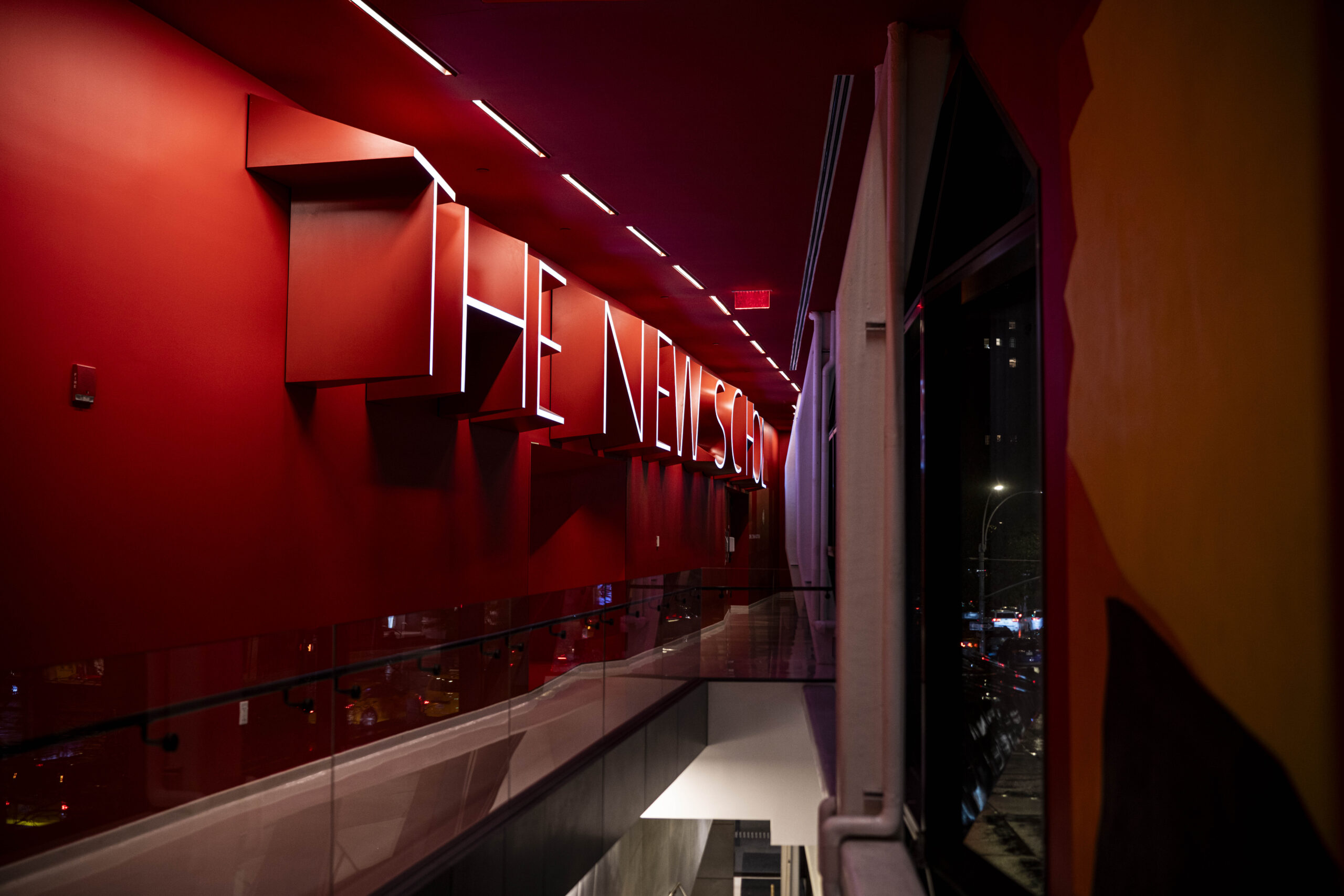
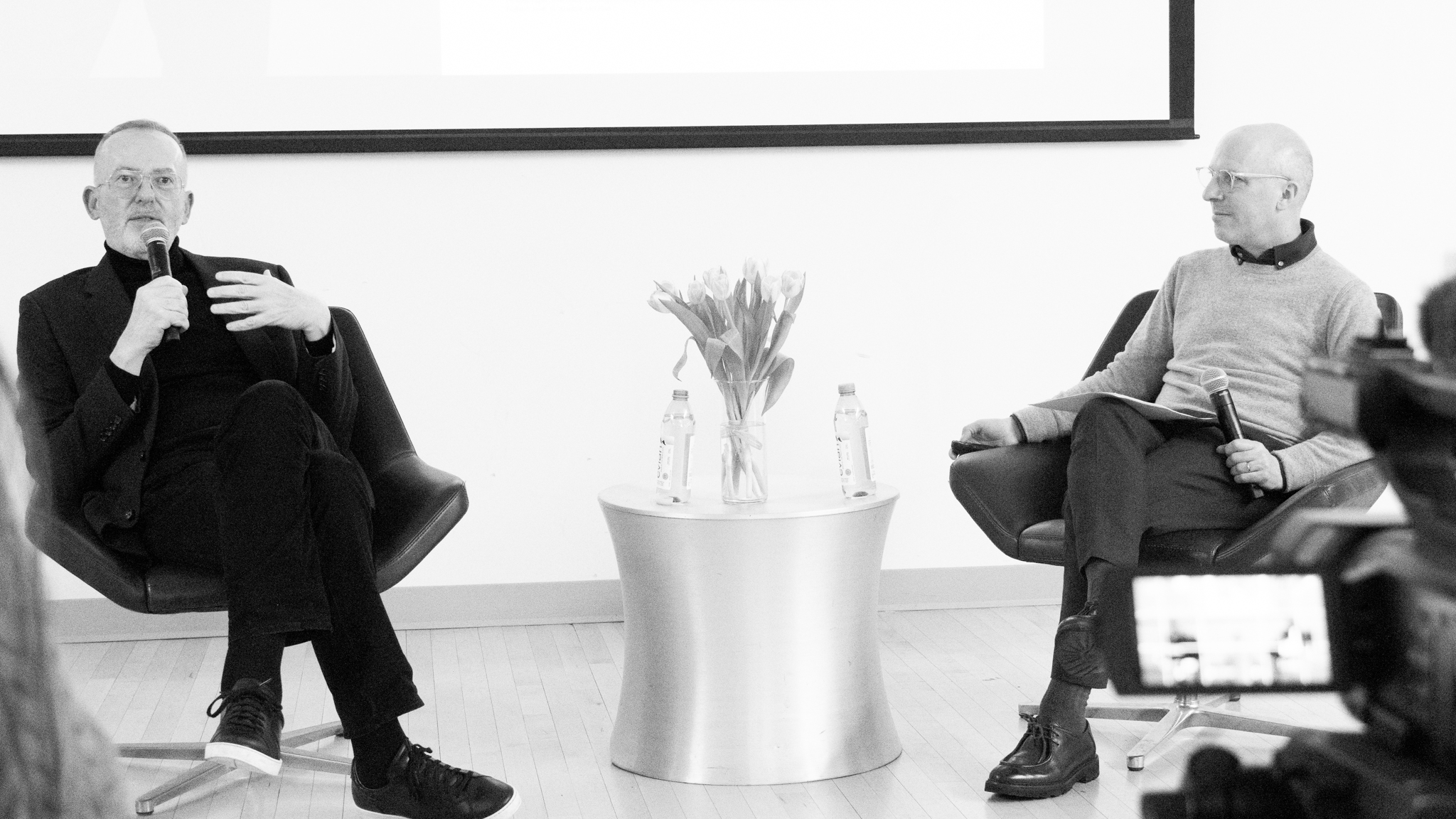
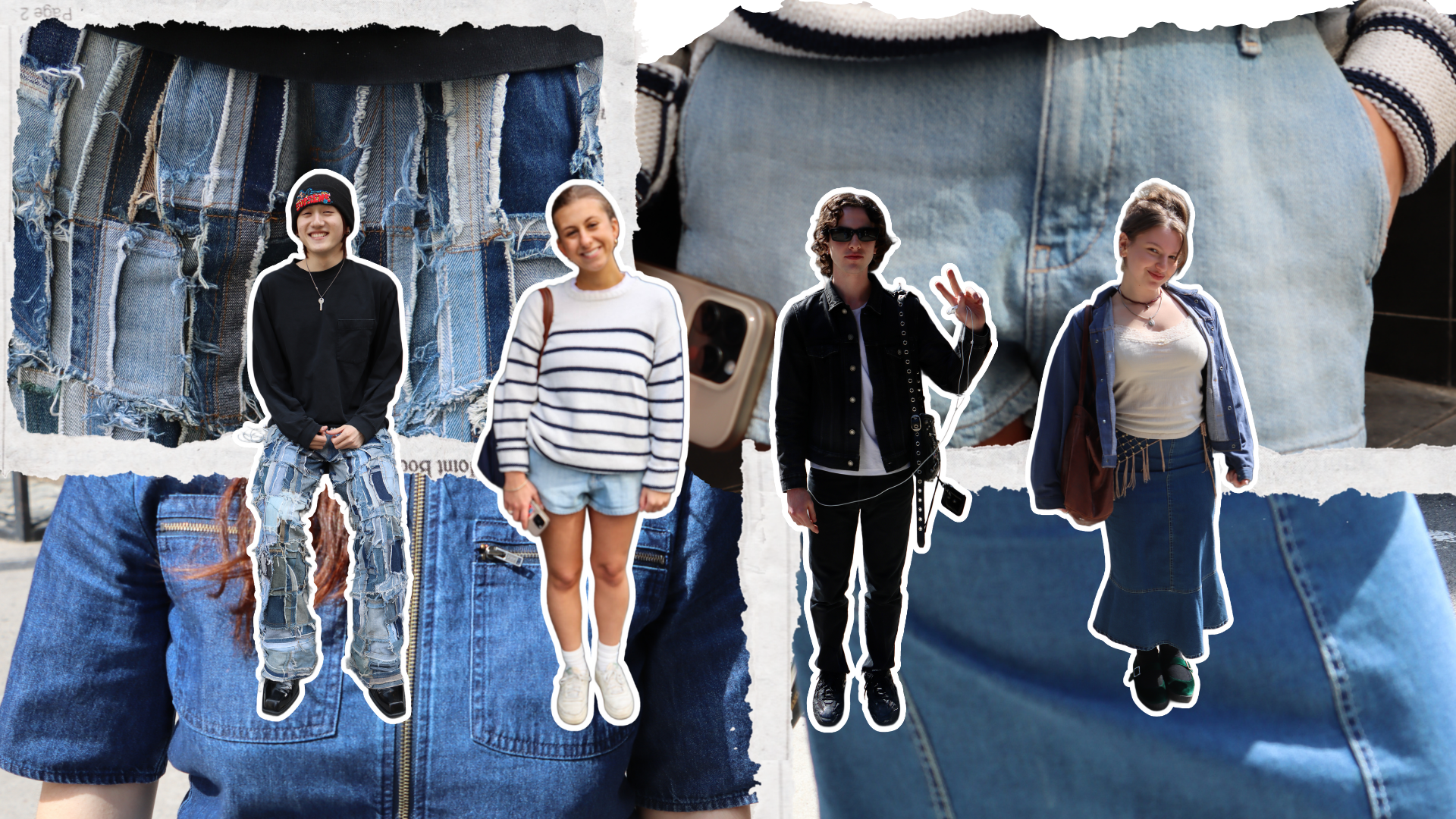
Leave a Reply